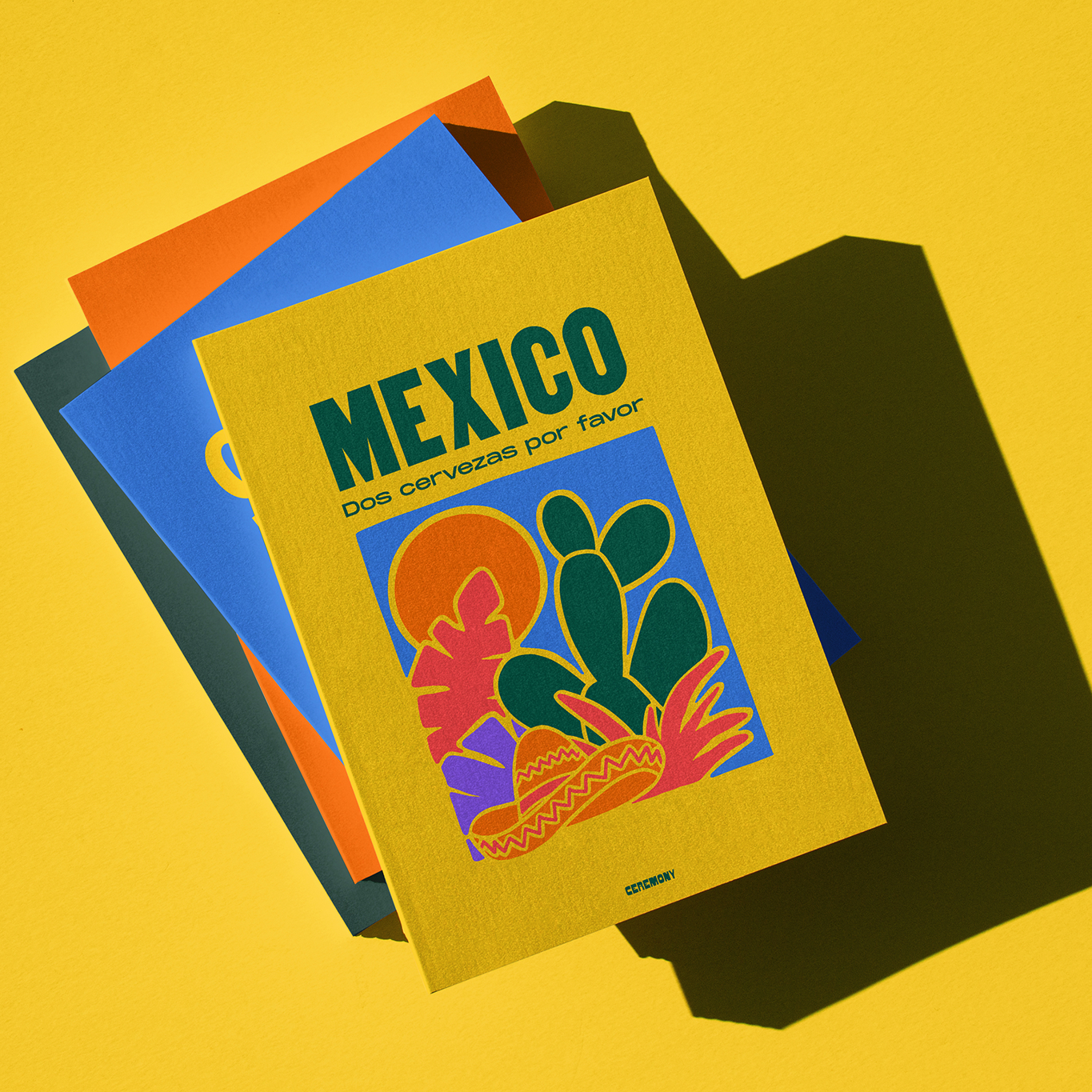Global Store Expansion
Expanding your Shopify store to global markets requires more than just translating text. Content that's entirely different, multiple currencies, different operations such as shipping and payment methods, are some of the aspects of the store that need to be considered.
Scale internationally with Shopify’s powerful tools, such as Markets and translatable resources, and create a store that resonates with customers worldwide.



Why choose us.
for Global Store Expansion

Experience with International Brands
We’ve worked with several dozens of Shopify stores operating in multiple countries. From stores that only have different translated content, to stores with very special business use cases such as different payout accounts and Google Ads accounts for multiple countries.
This gave us the knowledge to face any challenges of expanding to global markets, whether it comes to the frontend of the site, or the backend operations. And optimize the experience both for international users, and the management of the store.
Shopify-First Localization
Our first priority is to use native Shopify features as much as possible, without relying on paid apps or custom solutions. Native features are well supported, and well documented. They include native translations, market-specific theme content, pricing lists and product-market publications, etc.
The benefit is clear: The store won't rely on third party dependencies, saving costs and risk. And you can always expect an excellent and efficient merchant experience using Shopify's features.

Customization Without Code
We want you to be able to run your international store smoothly, without having to rely on extra development work. We use native features, and build custom ones, with the goal of making it easy for you to make changes, such as expanding to more countries.
This way, you get all the tools to further configure your store, including translations, shipping options, payment methods, etc., on your own. And if you ever need more support, we're always there.

SEO and Discoverability
We don't want your effort to go global, to pay off only with paid traffic. Traffic from search engines is free and should be taken advantage of. When you add new markets to Shopify, we want your international customers to find you easily, and have a localized experience that will convert better.
So we use Shopify’s built-in SEO capabilities to optimize meta tags, alt text, and URL structures for global audiences. This improves your store’s visibility across search engines in multiple languages and regions.












Our process.
Market research and planning
We start by analyzing your target markets, identifying customer preferences, and understanding region-specific requirements. This stage helps us tailor your store’s localization efforts to each audience.
Store setup and localization
Using Shopify Markets and translatable resources, we configure your store for multiple regions. This includes translating content, enabling local payment methods, and setting up tax and shipping rules for each country.
Testing for global readiness
Before launching in new markets, we test your store for region-specific functionality. This includes currency conversion, language accuracy, and shipping workflows to ensure a seamless customer experience.
Post-launch support
After your global store goes live, we monitor its performance and resolve any issues that arise. From adjusting language settings to refining market-specific promotions, we help you succeed in each new region.
Tools and methods.
Marketing integrations
Many stores have complicated configurations when it comes to their marketing, whether it's paid ads with Google and Meta, or email marketing with apps like Klaviyo.
Going internationally includes configuration of the way Shopify is integrated with these apps for each region.
Depending on the marketing channel, we use certain native and custom features, to cater for different audiences around the globe.
Shopify Markets
Shopify Markets is a required feature when you want to go globally in Shopify. Its use is very simple and well documented.
Markets allow you to add more countries where you can sell.
Then, you can configure region-specific currencies, product prices and availability, shipping methods, theme content, translations, tax and customs fees.
Translation and Localization Apps
The core app we use is Shopify's Translate & Adapt app. It's free, easy to use, and very reliable. Examples of translations include product descriptions, page content, and customer notifications.
While Translate & Adapt includes automatic translations, we usually want to use AI-powered translations. That's where other apps come in.
AI translations let you quickly translate all of the store's content into multiple languages, with much higher accuracy.
Frequently Asked Questions.
Is Shopify a good platform for global expansion?
Definitely. Shopify Markets are a core feature of the platform. And tools like Markets, translatable resources, and currency conversion simplify the process. These features help you localize your store efficiently while managing everything from a single dashboard.
All these tools are documented and Shopify provides a lot of resources on how they work.
Can you handle tax and shipping differences across regions?
Yes. We set up region-specific tax rules, that are configured in the store's settings. We can also support third-party accounting tools, if needed.
When it comes to shipping rules, we offer a high degree of customization. We can also provide competely custom calculated rates, for example when you have a carrier you're working with in certain countries, that has an API that returns custom rates.
How does global SEO work?
First, we ensure that search engines understand that the website and its pages have international versions. This happens with meta tags, usually supported by most themes - although we can create them too.
Then, to optimize the store for earch engines, we provide tools that enable and empower your existing SEO strategy. For example, managing meta tags, URLs, and content for each region. This ensures your store ranks well in localized search engines and attracts organic traffic from target markets.
How long does it take to expand globally?
The timeline depends on the complexity of your store, the number of regions you’re targeting, and the scope of work. In Shopify, expansion to a new country with a new language can take 1-2 weeks.
More complicated projects may take 2-4 weeks to complete, including setup, testing, and launch.
Let's talk about Global Store Expansion









